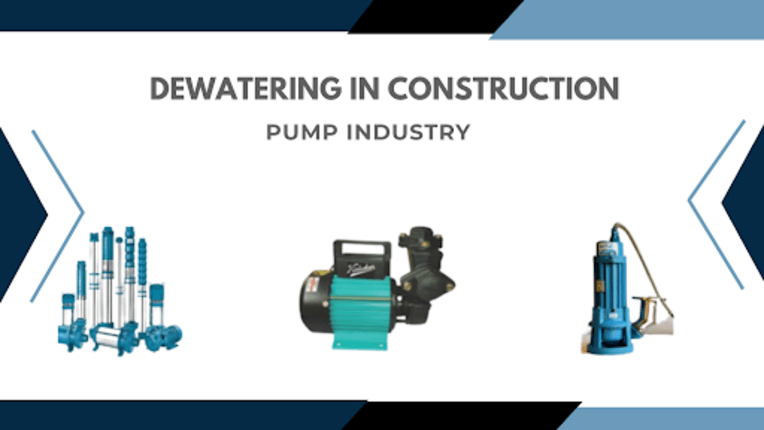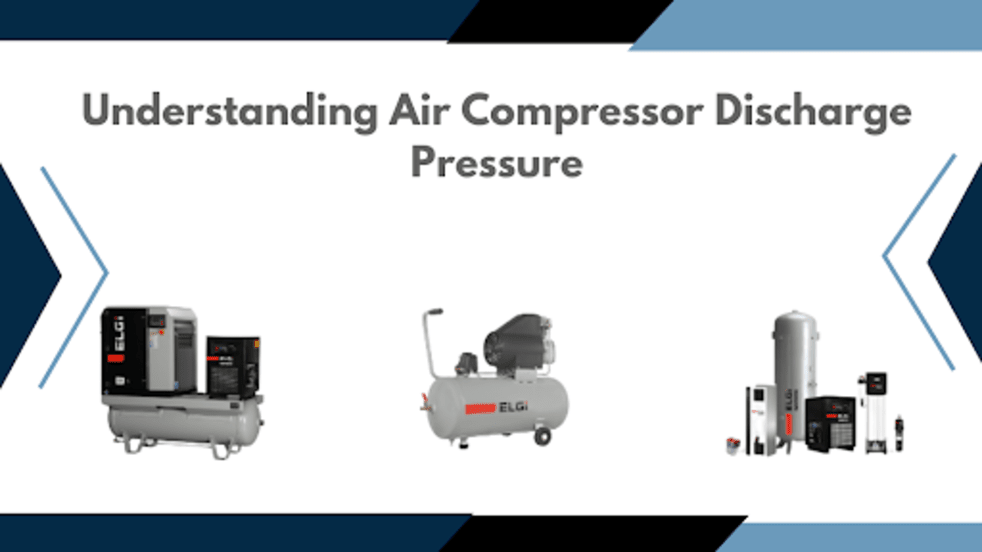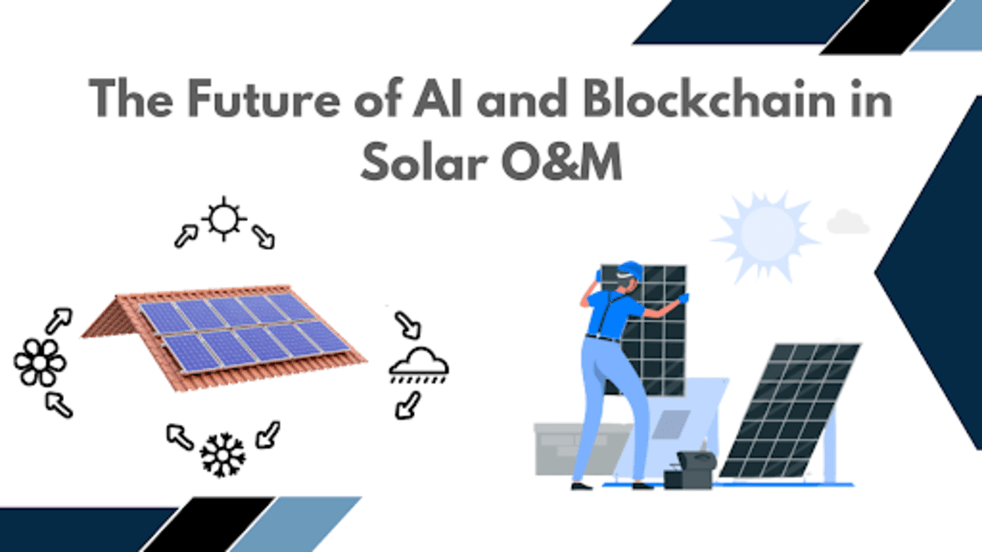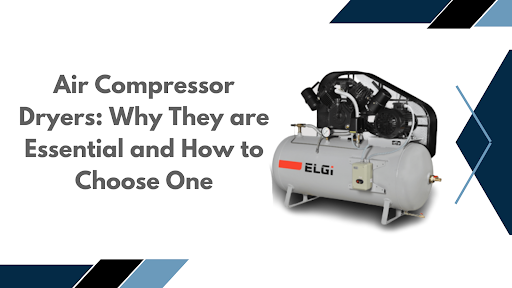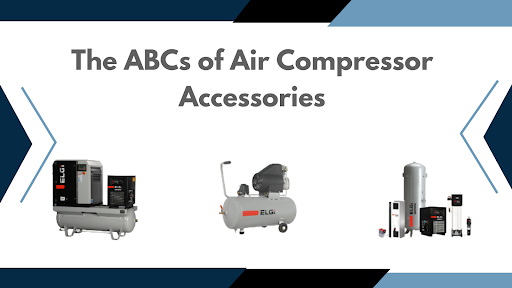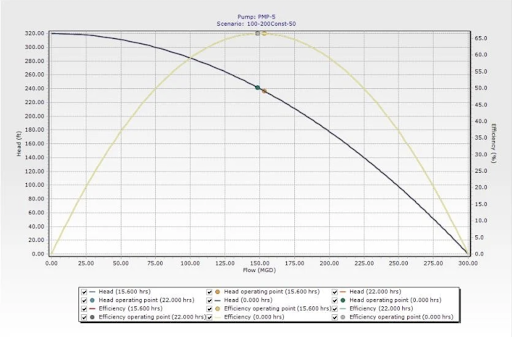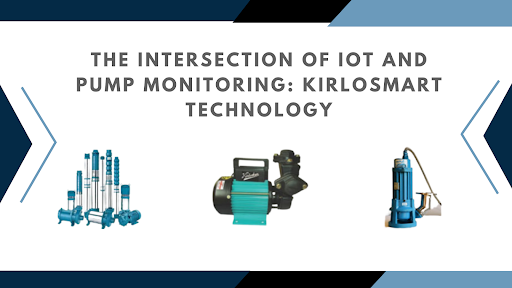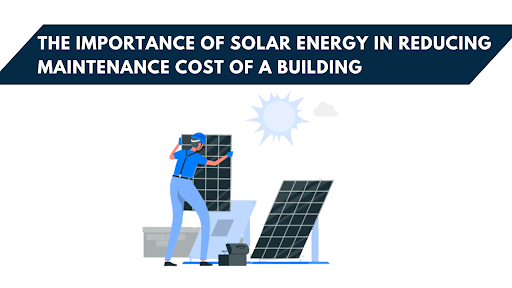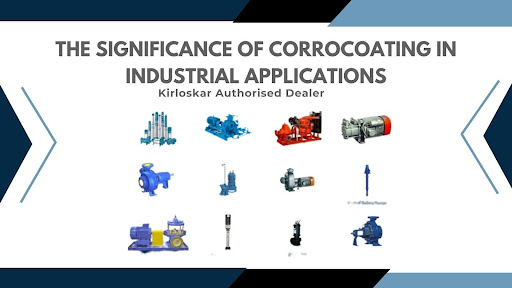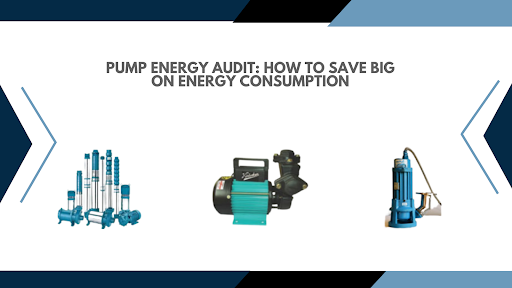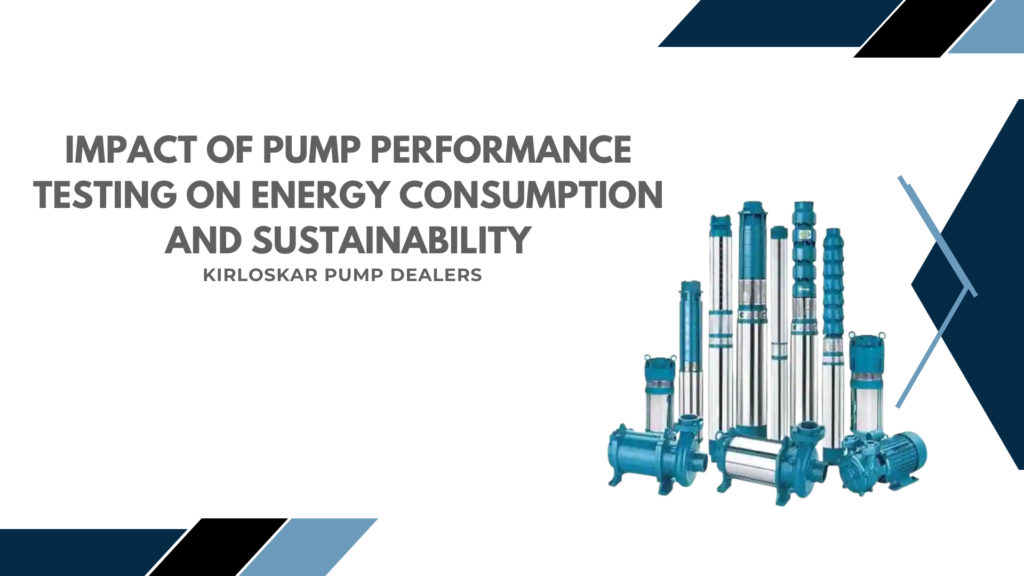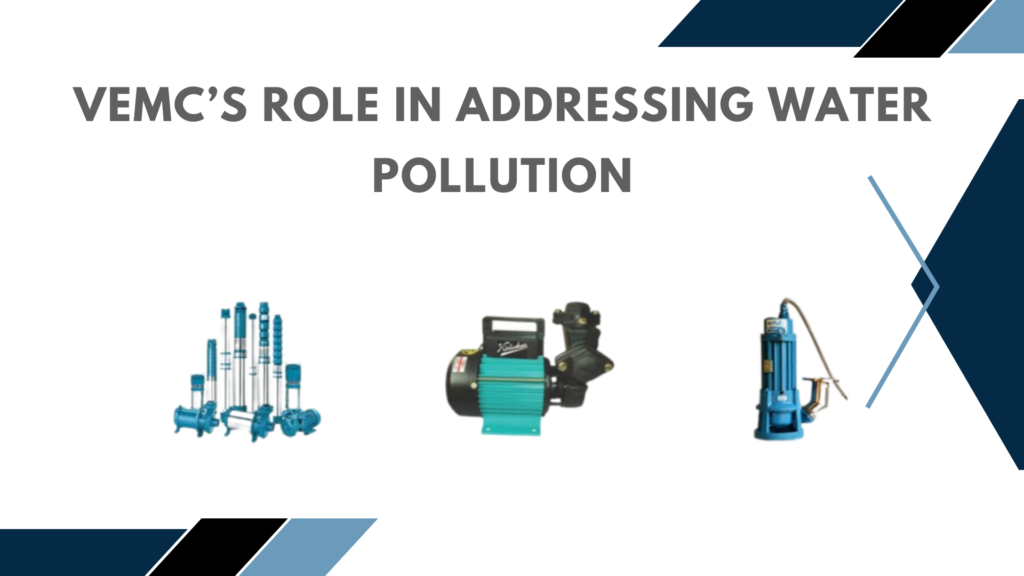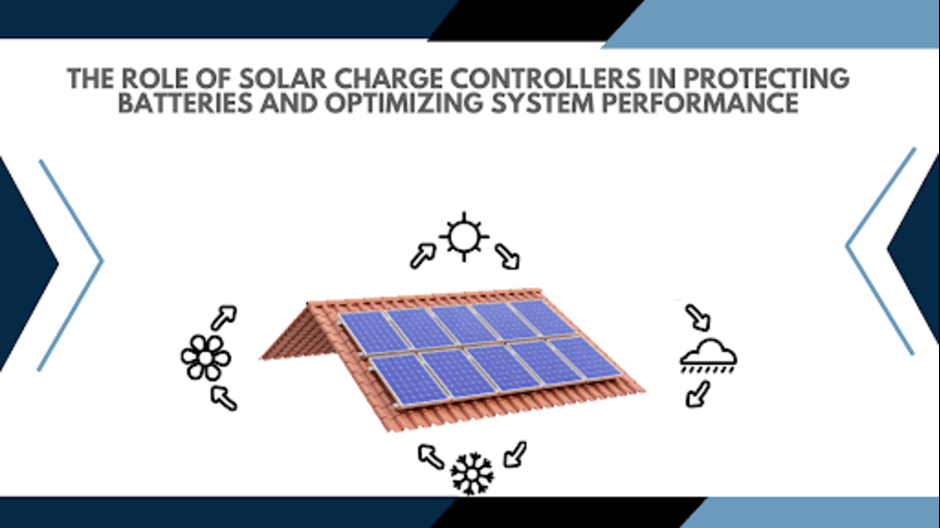
If you are a solar PV system owner, you must be aware of the critical accessories that are necessary for the health of your system. One such equipment is a solar charge controller which regulates the charging and discharging of your batteries and also controls the power output. VEMC is the leading solar energy company based in Mumbai and in this blog, we tell you about the role that a solar charge controller plays in protecting and enhancing the performance of your solar power system.
Functions of solar charge controllers
- Overcharge protection:
For starters, a solar charge controller protects your batteries from overcharging. As soon as the voltage exceeds the protection voltage, the battery is automatically disconnected.
- Deep discharge prevention:
Converse to overcharge protection, solar charge controllers also prevent deep discharge of your batteries. When the voltage of the battery falls below the over-protection voltage, the solar charge controller turns off the battery output to prevent deep discharge, only to restore the power supply when the battery is recharged.
- Battery health monitoring:
A solar charge controller is connected to the same battery terminals and can therefore keep track of the voltage to determine the state of the charge. By constantly monitoring the voltage of the battery, a solar charge controller keeps up-to-date about its health
Types of charge controllers and their suitability
Lets now talk about the two main types of solar charge controllers and the scenarios they best fit into.
- Pulse Width Modulation (PWM) controllers:
These are traditional solar charge controllers which operate by connecting directly from the solar array to the battery bank. These controllers are smaller and are suitable only to operate at battery voltage. These must be used with arrays matched with battery voltage.
- Maximum Power Point Tracking (MPPT) controllers:
These, on the other hand, are more advanced as compared to the PWM controllers and operate at maximum power voltage. As a result, the output produced is maximized which is great in cold conditions when the voltage of the solar array is much higher than the battery voltage.
Using proper settings for maximum energy harvest and battery lifespan
The right charge controller settings can bring rich dividends when it comes to power output as well as the lifespan of your battery. Different types of batteries work well with different settings. Some of the most important settings that need proper configuration for best results are:
- Battery floating charging voltage
- Battery over-discharging protection voltage
- Battery over-charging protection voltage
- Charge controller capacity
- Maximum charging current
- System voltage
If you’re a solar panel owner, you must make sure you have a quality solar charge controller in place to have maximum harvest and also prolong the working life of your batteries. For more information
on solar charge controllers, feel free to call us on 022 43436655 or email us at marketing@vemc.co.in. We are the leading solar power company based in Mumbai.


